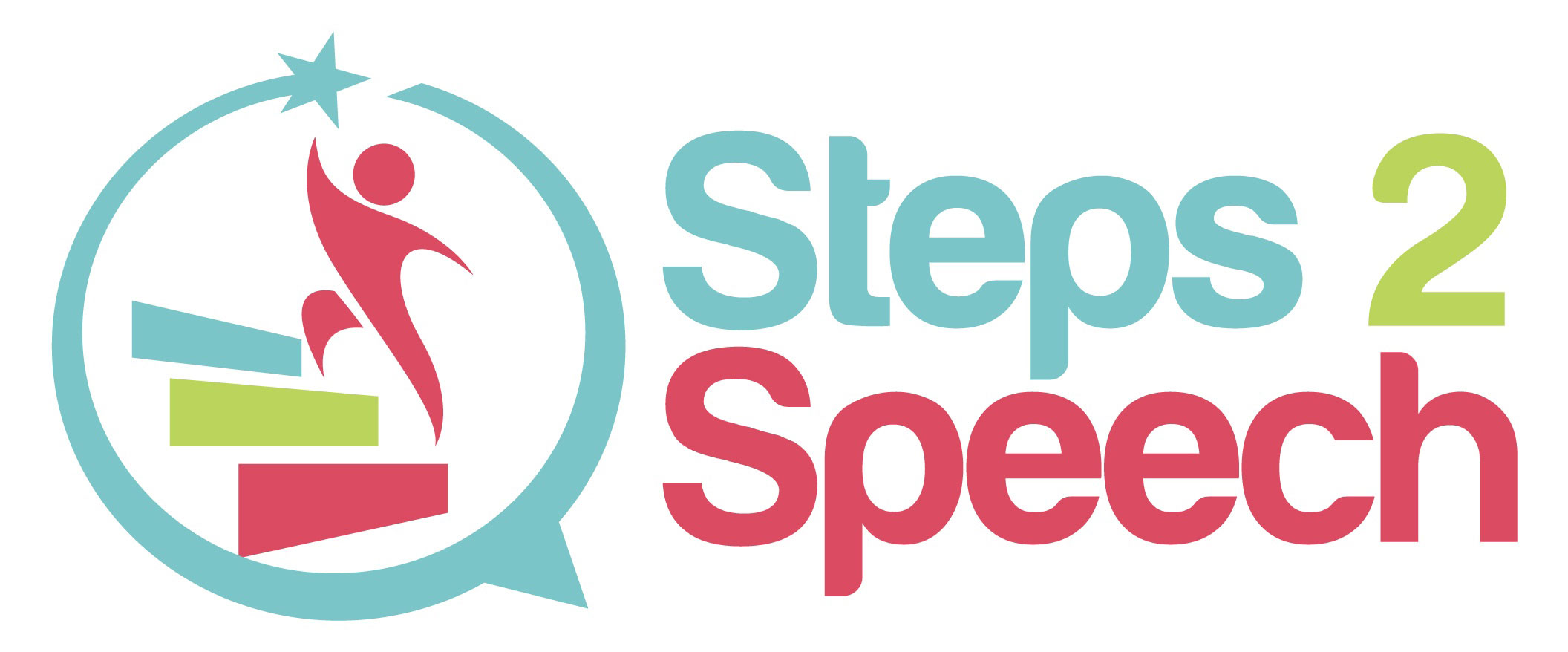
SPEECH SOUND DISORDERS
A speech sound disorder refers to a disorder in communication in which children have difficulty producing sounds or saying words correctly. Children may say some sounds incorrectly as they learn to talk. They learn some sounds earlier and others take longer to master. Between 4 and 5 years old, most children can say almost all speech sounds correctly. If a child continues to have difficulty with sound production beyond typical age expectancies, s/he may have a speech sound production disorder.
This includes articulation disorders, phonological disorders and dysarthria. Structural abnormalities, such as cleft lip/palate, can also result in problems with speech production. Hearing loss can also be the cause of a speech sound disorder, and therefore a complete hearing exam should be performed by an audiologist prior to any new speech evaluation.
Articulation refers to how sounds are produced. A child who has an articulation disorder may exhibit sound substitutions or distortions. Phonology refers to the system of sounds and the relationships among the speech sounds that make up any language. A child with a phonological disorder may exhibit patterns of errors that affect more than one sound. A child with several different error patterns may be very difficult to understand. As a general guideline, a 3 year old should be intelligible to a stranger 75% of the time, and a 4 year old should be understood 90% of the time. If your child has not yet met these expectations, a consult with a speech pathologist is recommended.
Childhood Apraxia of Speech (CAS) is a term used to describe a subset of children who have a speech sound disorder that results from inefficiencies in the brain for programming the movements for speech production. In other words, the brain has difficulty planning and coordinating the muscle movements needed for speech. It is a relatively rare motor speech disorder, as just 5% of speech disordered children have a diagnosis of apraxia of speech. Although CAS can result in highly unintelligible speech, there are specific techniques that we know work in treatment. Most importantly, most children with apraxia of speech will become verbal communicators with proper treatment. Additional information on apraxia of speech can be found at the site apraxia-kids.
Dysarthria is a motor speech disorder that is caused by muscle weakness or inability to control the speech muscles. An individual with dysarthria might have slurred or imprecise speech, and reduced or uncoordinated breath support for speech, resulting in a soft, hoarse or even strained voice.
If your child exhibits any of the following red flags for speech sound development, a consult with a speech pathologist is recommended:
- Numerous vowel errors persisting beyond age 3
- Widespread deletion of initial consonants beyond age 3
- Substitution of k, g, or h for a variety of consonants
- Deletion of final consonants after age 3
- As a parent you can’t understand most of what your child says at age 3
- A stranger understands less than 75% of what your child says at age 3
